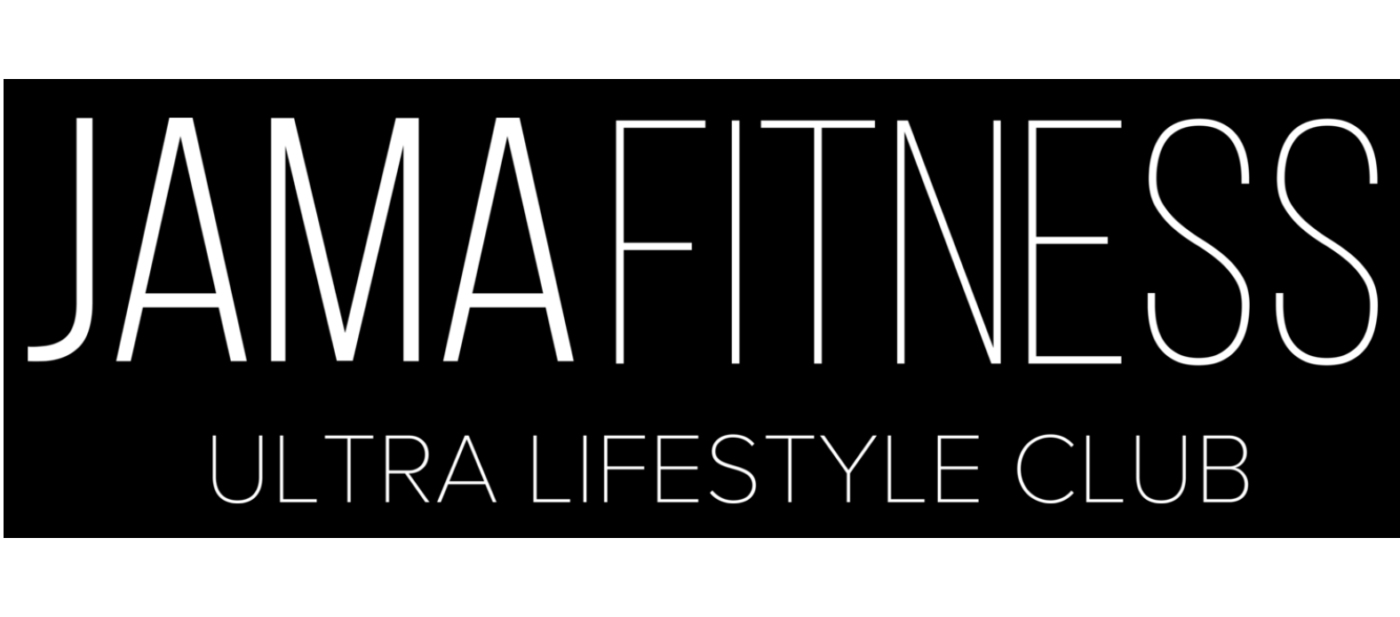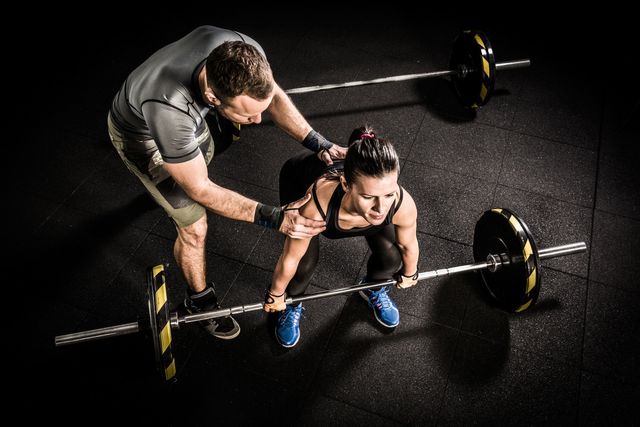Post
Squat Deadlift. Posture Power?
Building a strong posture requires an exercise that does just that. We will delve into the benefits and correct methods of performing a squat deadlift, with or without weights and in any environment.
BENEFITS
The squat deadlift is a powerhouse move. Here’s why:
Full-Body Workout: It targets multiple major muscle groups—quads, hamstrings, glutes, lower back, and core.
Improves Posture: Strengthens your back and core, leading to better posture.
Enhances Functional Strength: Mimics movements used in daily life, improving overall functional strength.
Boosts Metabolism: Heavy compound exercises like this rev up your metabolism, helping with fat loss.
Increases Flexibility: Enhances hip and ankle mobility.
EXPLANATION
A squat deadlift, or squat stance deadlift, combines both the squat and deadlift movement. It targets multiple muscle groups, including the thighs, hamstrings, glutes, and lower back. Here’s how to perform it:
Starting Position: Stand with your feet shoulder-width apart. Position the barbell over the middle of your feet. Bend at your hips and knees to lower your body and grab the bar with an overhand grip.
Engage Core: Brace your core by taking a deep breath and tensing your abdominal muscles.
Lift: Push through your heels to lift the bar, extending your hips and knees simultaneously. Keep your back straight and chest up. The bar should stay close to your body as you lift.
Lockout: Stand tall and looking ahead, pulling your shoulders back at the top of the lift.
Lowering the Bar: Reverse the movement by pushing your hips back, then bending your knees until the bar touches the ground.
Technique matters, so focusing on form over weight helps prevent injury and maximizes effectiveness.
This exercise really packs a punch. Ready to add it to your workout routine? 💪

